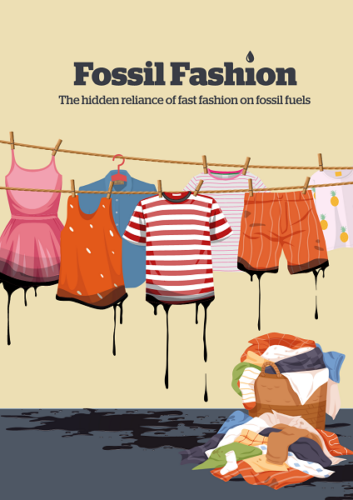23 June 2022
Hydrocarbon based synthetic materials so much used in fast fashion are known to last for hundreds of year in landfill as they do not biodegrade, They shed microplastics that pollute our drinking water, the environment and are even found in human blood. A report from McKinsey indicates that 70% of GHGs from the fashion industry originate from the production of the synthetic materials themselves. In a nutshell, this is fossil fuel fast fashion and its consequences.

As one of the most polluting industries on the planet, it makes no sense to continue down a path that could destroy humanity and only cease when the oil runs out. Times have to change and more is needed than just existing natural materials such as wool, silk, leather, cotton, and linen, for example. New materials are needed to be able to fulfill the volume of clothes produced per year. And there are possibilities on the horizon of new biomaterials.
Modern Synthesis is a London-based company that is researching and developing technology that uses the ability of bacteria to transform sugar from agricultural waste into nanocellulose, an especially fine and resistant form of cellulose.
Cellulose is an abundant polymer and is the building block for natural, plant-based materials such as cotton and linen. It is low cost, biodegradable and adaptable to many different applications. Produced from bacteria as nanocellulose, it creates a super-fine mesh with extraordinary tensile strength.
Such biomaterials that are regenerative and biodegradable can open up a new direction for the fashion industry and with the necessary investment gradually replace the fossil fuel materials that currently dominate the high street clothes and footwear outlets.
We bring leather, material and fashion businesses together: an opportunity to meet and greet face to face. We bring them from all parts of the world so that they can find fresh partners, discover new customers or suppliers and keep ahead of industry developments.
We organise a number of trade exhibitions which focus on fashion and lifestyle: sectors that are constantly in flux, so visitors and exhibitors alike need to be constantly aware both of the changes around them and those forecast for coming seasons.